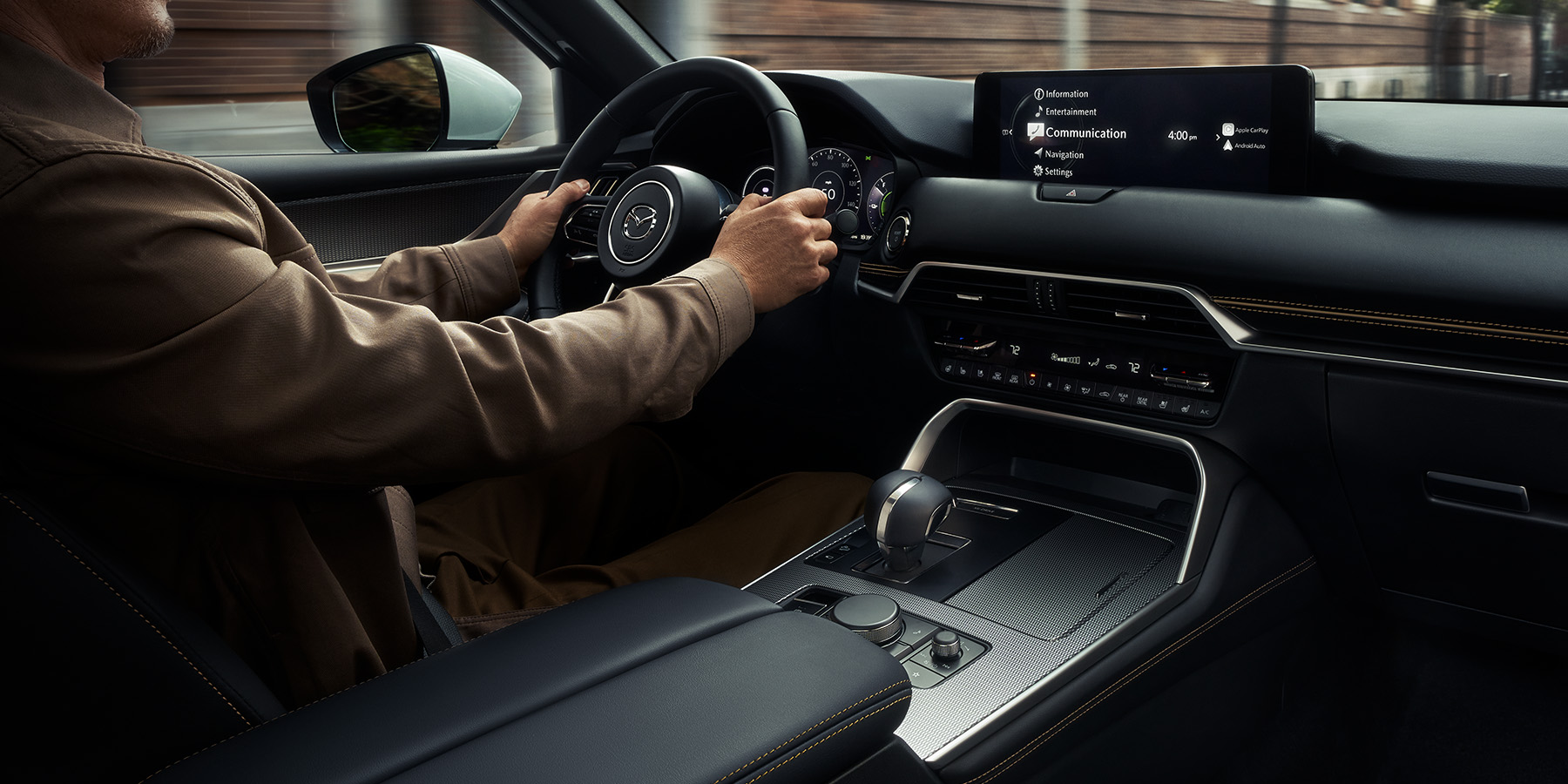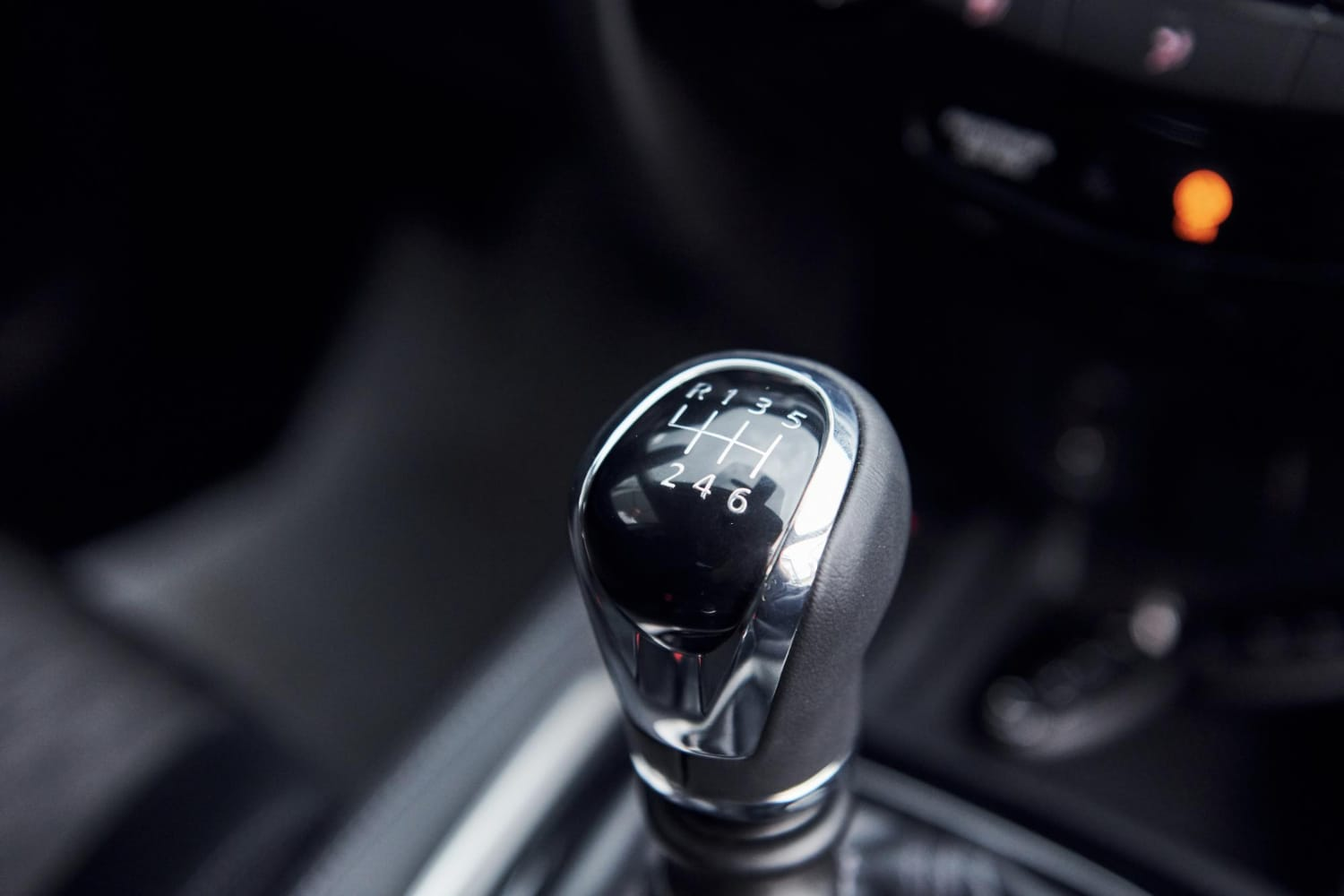
The future of transportation is rapidly evolving, and at the forefront of this transformation is Vehicle-to-Everything (V2X) communication. V2X is a comprehensive system that allows vehicles to communicate with each other and with various elements of the transportation infrastructure. This groundbreaking technology promises to revolutionize road safety, traffic management, and the overall driving experience by enabling smart interactions with the surrounding environment.

At its core, V2X communication encompasses several key components: Vehicle-to-Vehicle (V2V), Vehicle-to-Infrastructure (V2I), Vehicle-to-Network (V2N), and Vehicle-to-Pedestrian (V2P) communication. Each of these components plays a critical role in creating an interconnected transportation ecosystem.
Vehicle-to-Vehicle (V2V) Communication
V2V communication enables vehicles to exchange information directly with each other. This includes data on speed, position, direction, and other critical parameters. By sharing this information in real time, V2V communication allows vehicles to anticipate and react to potential hazards much more quickly than human drivers alone. For example, if a car suddenly brakes hard ahead, V2V can alert following vehicles instantly, helping to prevent rear-end collisions and enabling smoother traffic flow.
Vehicle-to-Infrastructure (V2I) Communication
V2I communication involves the exchange of data between vehicles and traffic infrastructure, such as traffic lights, road signs, and toll booths. This interaction can significantly enhance traffic management and road safety. For instance, traffic signals equipped with V2I technology can communicate with approaching vehicles to optimize signal timing, reduce congestion, and improve fuel efficiency. Additionally, road signs can relay real-time information about road conditions, construction zones, or accidents, allowing drivers to make informed decisions and avoid potential hazards.
Vehicle-to-Network (V2N) Communication
V2N communication connects vehicles to a broader network, enabling them to access cloud-based services and real-time traffic information. This connectivity allows for dynamic route planning, where vehicles can receive updates on traffic jams, road closures, and weather conditions, and adjust their routes accordingly. V2N also supports over-the-air updates for vehicle software, ensuring that cars can stay up-to-date with the latest features and safety protocols without requiring a visit to the dealership.

Vehicle-to-Pedestrian (V2P) Communication
V2P communication focuses on enhancing the safety of vulnerable road users, such as pedestrians and cyclists. Equipped with V2P technology, vehicles can detect the presence of pedestrians through their smartphones or wearable devices, even if they are out of the driver’s line of sight. This enables the vehicle to alert the driver or even automatically brake to avoid a collision. V2P communication is particularly valuable in urban environments, where pedestrian traffic is high and the risk of accidents is greater.
Benefits and Challenges
The potential benefits of V2X communication are immense. Enhanced road safety is one of the most significant advantages, as V2X can help prevent accidents by providing drivers with timely warnings and enabling vehicles to respond autonomously to dangerous situations. Improved traffic management is another key benefit, as V2X can reduce congestion, lower emissions, and enhance the overall efficiency of the transportation system.
However, the implementation of V2X communication also presents several challenges. One of the primary hurdles is the need for widespread infrastructure development. For V2X to be effective, a significant investment in smart infrastructure, such as connected traffic signals and road sensors, is required. Additionally, there are concerns regarding data privacy and cybersecurity. As vehicles become more connected, they become potential targets for cyberattacks, necessitating robust security measures to protect sensitive information and ensure the integrity of the system.
Conclusion
Vehicle-to-Everything (V2X) communication is poised to transform the future of transportation by enabling smart interactions between vehicles and their surroundings. Through V2V, V2I, V2N, and V2P communication, V2X technology promises to enhance road safety, optimize traffic management, and provide a more efficient and enjoyable driving experience. While challenges remain in terms of infrastructure development and cybersecurity, the potential benefits of V2X make it a critical component of the smart transportation systems of tomorrow.





